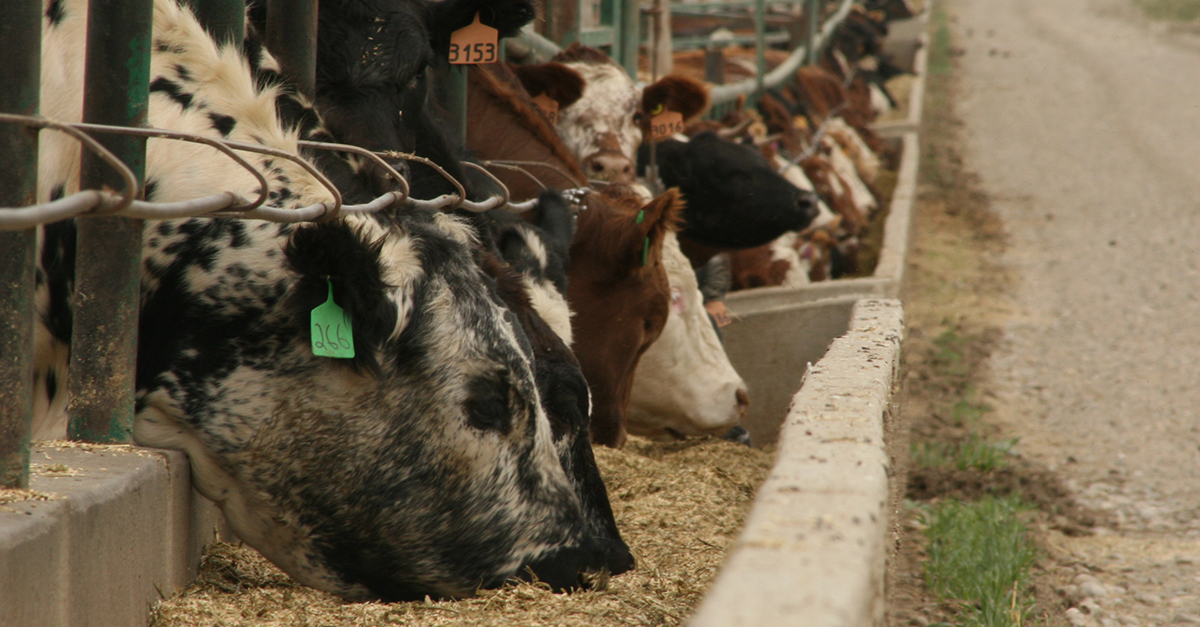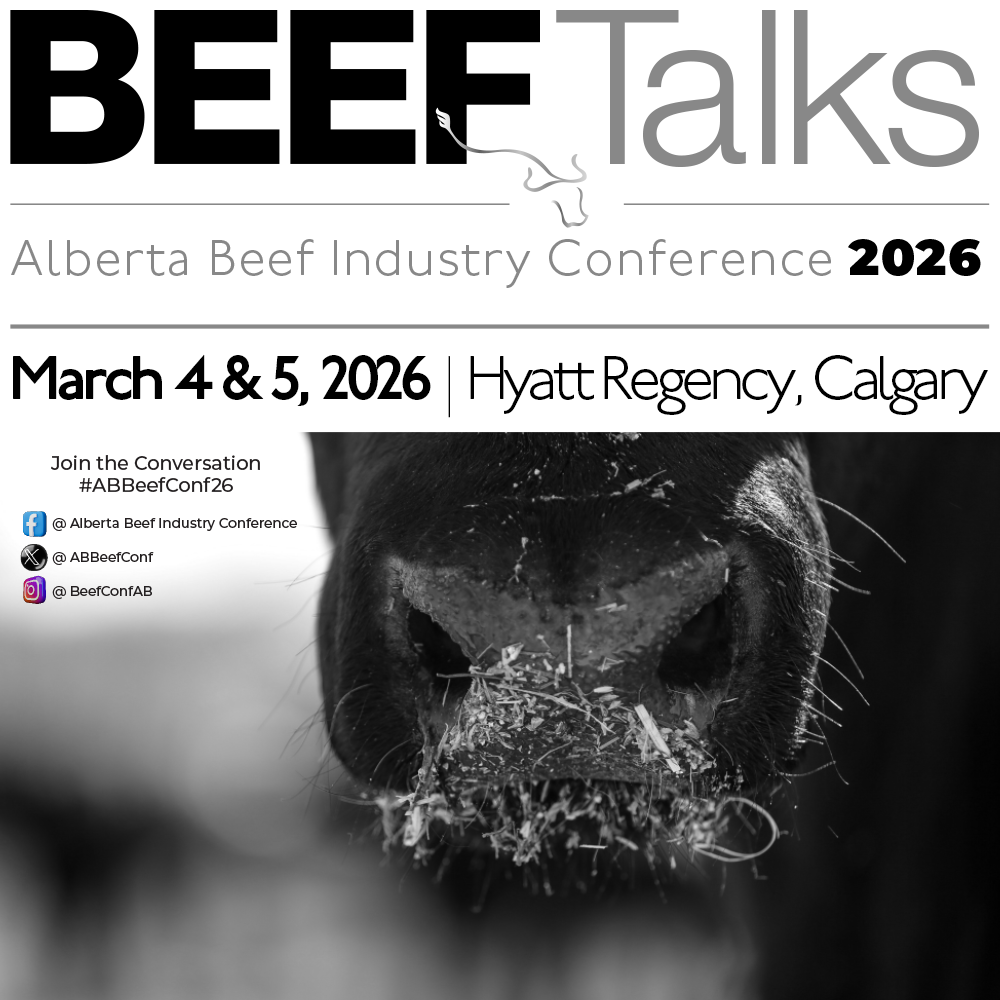AB Direct - Steers
Rail: 492.00-493.50 FOB feedlot (last week)
AB Direct - Heifers
Rail: 492.00-493.50 FOB feedlot (last week)
US Trade- Steers
Rail: 355.00-363.00 (IA, NE) last week
US Trade - Heifers
Rail: 355.00-363.00 (IA, NE) last week
Canadian Dollar
0.19

Understanding the challenges of ergot toxicity in livestock
Ergot, a fungal infection that impacts cereal crops, can pose health risks to cattle if consumed in high amounts.
Dr. Kim Stanford, a researcher at the University of Lethbridge, is studying ergot toxicity to better understand this challenging mycotoxin and provide guidance to livestock producers.
Dr. Stanford recently joined an episode of The Bovine, to discuss all things ergot, and the challenges it poses to livestock.
Ergot bodies are dark purple or black structures produced by the fungus. These are where toxic alkaloids accumulate. Unfortunately, ergot bodies can be found mixed in with contaminated feed. As Dr. Stanford explains in The Bovine, ergot bodies are somewhat similar in size, and often “a little bit bigger than the cereal grain.” Producers should carefully inspect feed for these structures.
When consumed by livestock, ergot’s alkaloids are concerning due to their ability to cause vasoconstriction, or constriction of blood vessels. This can lead to reduced blood flow to certain areas of the body. Cattle may experience lameness, or even sloughing off of hooves or other body parts like ears and tails.
Pregnant cattle are especially at risk, as the toxins can cause abortions. Even calves that are not aborted may be weak and unable to thrive if their mothers consumed ergot during pregnancy. Ergot also interferes with prolactin, which can cause cows to suddenly stop producing milk for the rest of their lactation period.
While all ergot alkaloids present risks, Dr. Stanford acknowledges that they “haven’t really figured out which are worse than others.”
Testing feed presents additional challenges, as there is improvement needed to better detect varying alkaloid levels and types. This lack of understanding adds to the complexity of determining safe intake levels.
Dr. Stanford hopes feeding studies will provide guidance. Research found levels under two parts per million allowed for no issues in feeder calves. However, higher amounts caused stress, especially with heat. As temperatures rise, previous exposed cattle may struggle. Producers are advised to carefully limit intake, especially of rye, and for breeding stock.
Mitigation also requires vigilance in grain cleaning and storage to limit overwintering ergot bodies. While research continues towards solutions, Dr. Stanford concludes that although it would be “nice if there was less ergot around,” results coming in are not trending that way.
Until levels decrease or detection improves, producers must minimize risk through feed management and testing, to protect herd health and productivity in the face of the persistent challenge.
You can find our full conversation with Dr. Standford on “The Bovine: Diving into the Beef Research Showcase.” It is also available for download on your favourite podcast platform!


